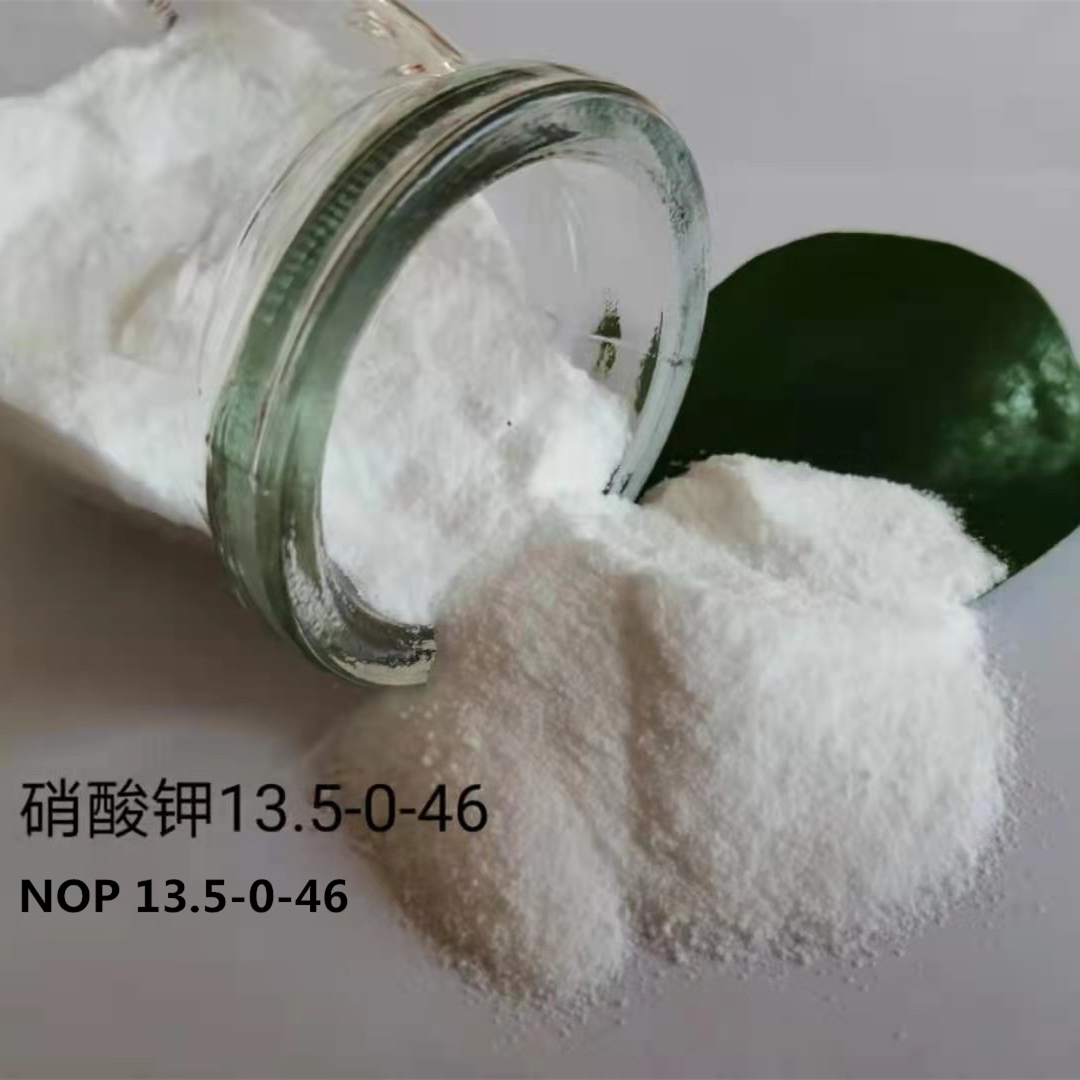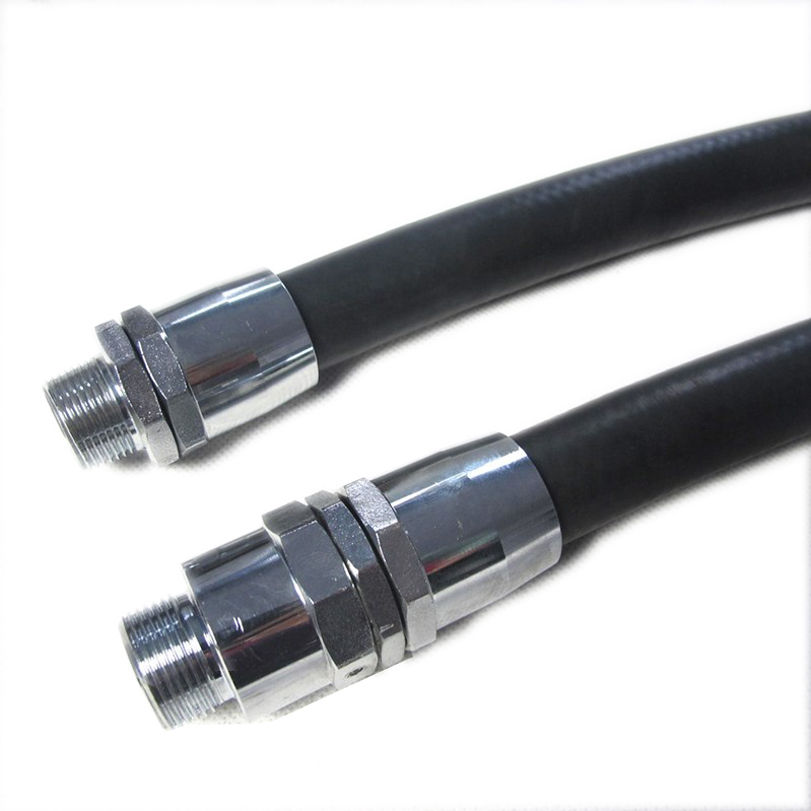
फरवरी . 11, 2025 06:42 Back to list
different types of npk fertilizer
Understanding the various types of NPK fertilizers is crucial for anyone involved in agriculture or gardening, as these fertilizers play a vital role in plant nutrition. NPK stands for Nitrogen (N), Phosphorus (P), and Potassium (K), the three primary nutrients required by plants for optimal growth. Each component serves a distinct purpose and choosing the right type of NPK fertilizer can significantly influence crop yield and quality.
Controlled-Release and Organic NPK Fertilizers Modern agricultural practices are increasingly leveraging controlled-release technologies that allow the gradual release of nutrients. This controlled approach minimizes nutrient leaching and enhances fertilizer use efficiency. Organic NPK fertilizers, derived from natural sources such as compost, bone meal, and fish emulsion, present an eco-friendly alternative. Although the nutrient concentrations can be lower, they improve soil health and structure over time, fostering a sustainable agricultural environment. Liquid NPK Fertilizers Ideal for immediate nutrient delivery, liquid fertilizers are absorbed quickly by plants. They are frequently used in fertigation systems, where fertilizers are dissolved in irrigation water. These are advantageous in high-intensity farming scenarios with rapid crop cycles, providing a swift nutritional boost when time is of the essence. Expert Recommendations for Choosing the Right NPK Fertilizer 1. Soil Testing Always begin with a thorough soil test to determine the existing nutrient levels. This ensures that your choice of NPK fertilizer addresses specific deficiencies rather than adding excess nutrients. 2. Understanding Crop Requirements Different crops have varying nutrient demands. For instance, corn may require more nitrogen compared to phosphorus, whereas root vegetables like carrots benefit from phosphorus-rich options. 3. Seasonal and Growth Stage Considerations The planting season and growth stage of the crops also affect nutrient requirements. During the early growth phase, more phosphorus may be necessary, while nitrogen might be prioritized during vegetative growth. The judicious selection and use of NPK fertilizers can profoundly impact agricultural productivity and sustainability. By combining expertise with practical application, farmers and gardeners can ensure that their efforts contribute positively to both crop success and environmental health.


Controlled-Release and Organic NPK Fertilizers Modern agricultural practices are increasingly leveraging controlled-release technologies that allow the gradual release of nutrients. This controlled approach minimizes nutrient leaching and enhances fertilizer use efficiency. Organic NPK fertilizers, derived from natural sources such as compost, bone meal, and fish emulsion, present an eco-friendly alternative. Although the nutrient concentrations can be lower, they improve soil health and structure over time, fostering a sustainable agricultural environment. Liquid NPK Fertilizers Ideal for immediate nutrient delivery, liquid fertilizers are absorbed quickly by plants. They are frequently used in fertigation systems, where fertilizers are dissolved in irrigation water. These are advantageous in high-intensity farming scenarios with rapid crop cycles, providing a swift nutritional boost when time is of the essence. Expert Recommendations for Choosing the Right NPK Fertilizer 1. Soil Testing Always begin with a thorough soil test to determine the existing nutrient levels. This ensures that your choice of NPK fertilizer addresses specific deficiencies rather than adding excess nutrients. 2. Understanding Crop Requirements Different crops have varying nutrient demands. For instance, corn may require more nitrogen compared to phosphorus, whereas root vegetables like carrots benefit from phosphorus-rich options. 3. Seasonal and Growth Stage Considerations The planting season and growth stage of the crops also affect nutrient requirements. During the early growth phase, more phosphorus may be necessary, while nitrogen might be prioritized during vegetative growth. The judicious selection and use of NPK fertilizers can profoundly impact agricultural productivity and sustainability. By combining expertise with practical application, farmers and gardeners can ensure that their efforts contribute positively to both crop success and environmental health.
Share
Latest news
-
High-Quality NPK Fertilizer Raw Material Manufacturer & Supplier Trusted Factory Exporter
NewsJul.08,2025
-
Organic 20-20-20 Plant Fertilizer Supplier Premium Organic Fertilizer Manufacturer
NewsJul.08,2025
-
Ammonium Sulfate Fertilizer Market - Leading Manufacturer, Supplier & Factory Solutions
NewsJul.08,2025
-
Premium Water Soluble Fertilizer 20-20-20 Reliable Manufacturer & Competitive Prices
NewsJul.07,2025
-
10-52-10 Fertilizer Supplier – Premium NPK Compound & Granular Fertilizers for Crop Growth
NewsJul.07,2025
-
Best Blueberry Organic Fertilizer - Premium Factory & Supplier Boost Your Blueberry Yield
NewsJul.07,2025
